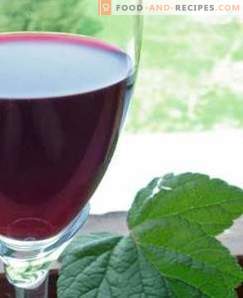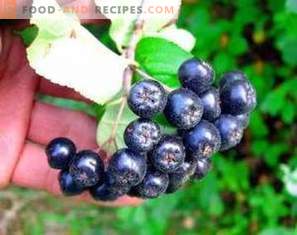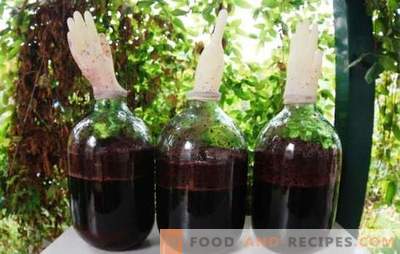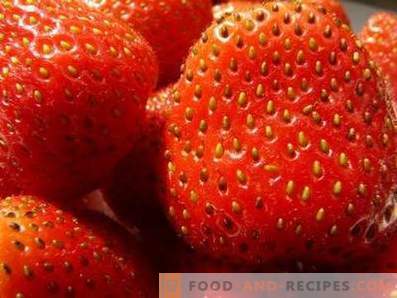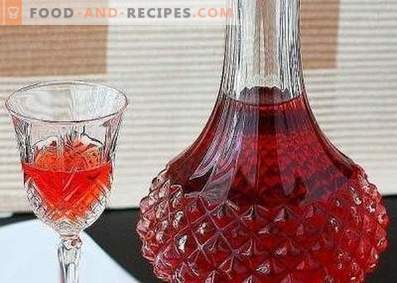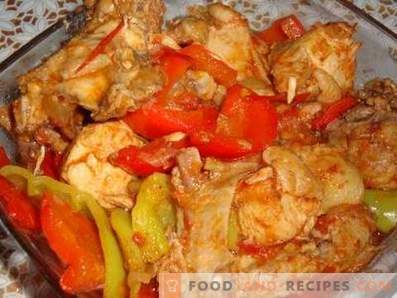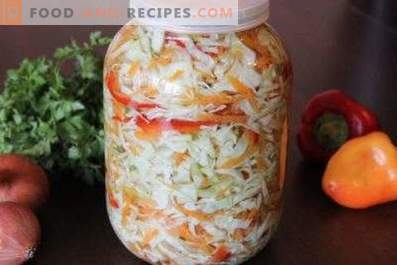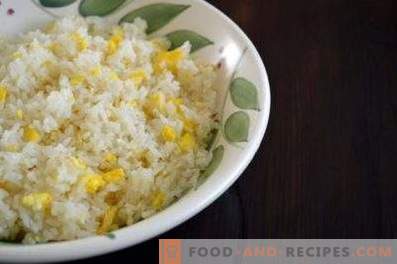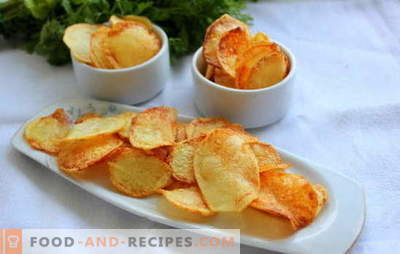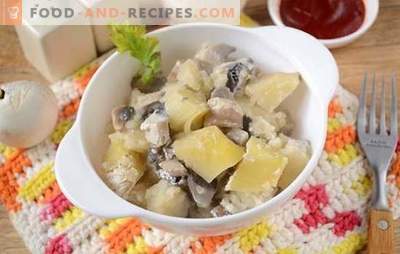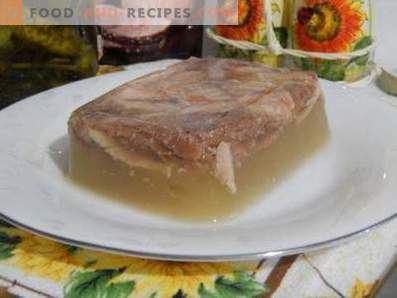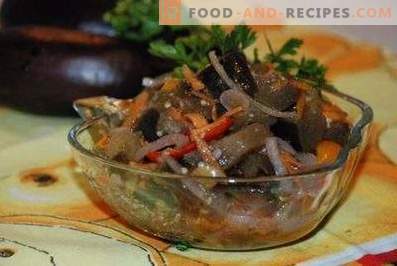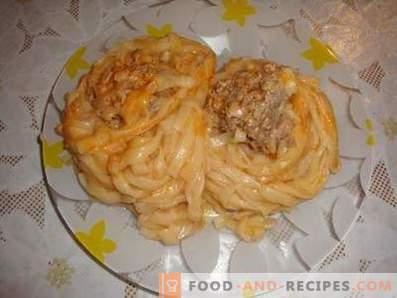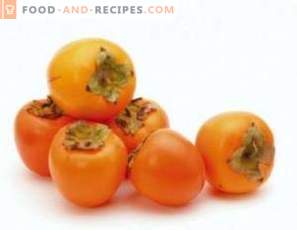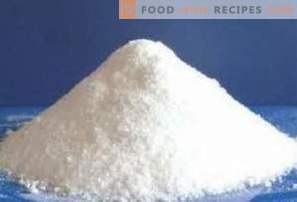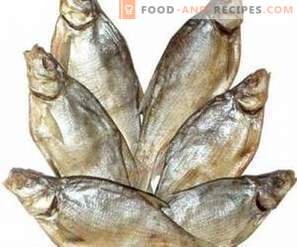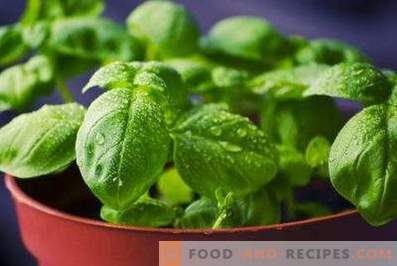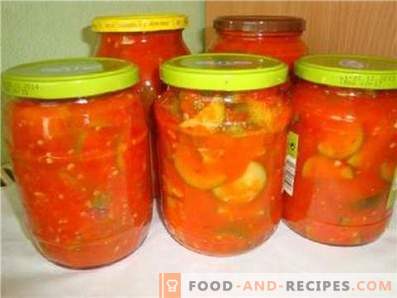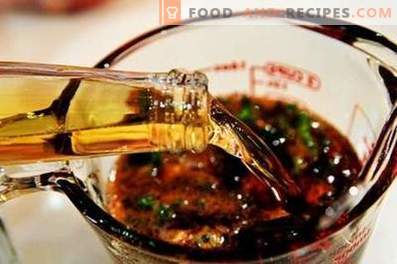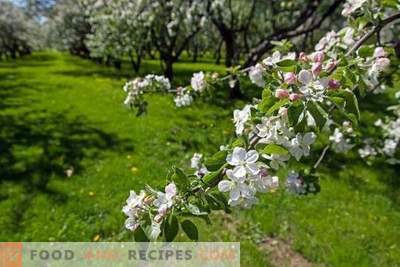
Apricot wine is like a sip of the sun in a glass. It has a color from yellowish-orange to reddish-orange, the aroma is delicate, almost elusive, warm and sweetish, the taste is delicate, soft, without pronounced sourness. It is extremely pleasant to give this to the table, pouring it into glasses, admiring how a spot of light floats in them, reminding of summer. But is it possible to make apricot wine at home? Experienced winemakers say that there is nothing difficult in this, but it will have to be patient and take into account several important points.
Subtleties
Preparing wine from apricots at home is more difficult than most other fruits, because they have a lot of fiber and pulp, which, on the one hand, does not allow getting a lot of juice right away, on the other - makes the process of settling long. In addition, when cooking you need to take into account a number of important points:
- Only fresh and ripe fruits are suitable for cooking. They should not be green or rotten. Otherwise, the taste and aroma of the finished drink is unlikely to coincide with the expected.
- It is necessary to collect the fruits directly from the tree, collected from the ground, even if they look perfect, they cannot be used: they will give unpleasant taste flavors to the house wine, which will spoil the whole bouquet.
- Washing apricots, which are intended for making wine, is undesirable. From the washed fruits make wine only with the use of wine yeast. The fact is that on the skin of apricots have natural yeast, which provide fermentation. It is very easy to wash them off, even heavy rain will cope with it (therefore, they do not pick berries for wine). It is only permissible to wipe the apricots with a soft cloth, without undue diligence. Buying apricots on the market or in the supermarket, you can not be sure that they were collected in the conditions that you require. To ensure that the wine comes out of them, it is better to use a recipe with yeast.
- You do not need to peel apricots, even if you plan to prepare the drink using yeast. The taste and aroma of the finished wine depends on the rind. If you make a wine out of pulp alone, it will seem tasteless.
- Apricot kernels give the wine a special bitter-almond aroma, typical of the once popular in our country liqueur “Amaretto”. However, they will have to be removed. The reason is contained in the nucleus of the apricot kernels of prussic acid, which gives the drink a unique smell. This substance is poison and even in small doses can cause irreparable harm to the body. To give a bouquet of noble notes, you can use a recipe with nutmeg.
- During the whole cooking time, starting from peeling the fruit from the seed and before serving homemade wine to the table, you should try not to let the future drink come into contact with air and light. The flesh in the open air can darken just like apples. When it comes into contact with oxygen, wine becomes old, acquiring notes unusual for it. Light will lead to a further deterioration in the quality of the drink. Wines, including apricot, are stored in dark cool rooms (the optimal temperature is about 10 degrees).
Additionally, it should be said that apricot wine, made at home, is stored for up to three years, while its taste and aroma can be fully appreciated only a year or two after it is ready.
A classic recipe for homemade apricot wine
Composition:
- apricots (stoned, unwashed) - kilogram;
- granulated sugar - a kilogram;
- the water is clean (ideally softened) - 3.5 liters.
Method of preparation:
- Crush the berries well to make a homogeneous mass, put them in a stainless steel or enameled pan with a capacity of at least 7 liters.
- Heat the water to a temperature slightly above room temperature (27-30 degrees), mix a pound of sugar with it, pour apricots, cover the pan with a thin cloth (gauze also fits) and put in a dark place where it is warm enough (about 24-28 degrees ).
- After 8 hours, mix with a wooden stick or simply with your hand (of course, with a clean one), then mix twice a day, plunging a pulp to the bottom. Subsequently, do it 2-3 times a day. At the same time observe if there are signs of fermentation: foam on the surface, hissing. If it does, the process is going fine. After 4 days, you can proceed to the next stage. In the absence of signs of fermentation, a day after the preparation of the starter, you will have to retreat from the recipe and add a little wine yeast.
- Drain juice. Strain the pulp through gauze folded in several layers into a container with juice. Pour a glass of sugar, mix. Pour into a glass bottle. Its capacity should be at least 33% more than the volume of the resulting juice. Put a water seal on top. With success it will be replaced by an ordinary household glove with a needle pierced with a finger.
- Place the bottle in a dark warm place. After a week, pour out a glass of liquid from it, mix with sugar (how much is left according to the recipe) and pour back.
- The bottle should be warm after this for about a month and a half. The time is approximate, since you need to look not at the calendar, but at the behavior of the mash: when the water trap is “silent” (or the glove is deflated) and the sediment remains at the bottom, without obscuring the transparency of the liquid above, it is time to proceed to the next step.
- Pour the wine (light part) through bottles into bottles for further settling. It is necessary to pour in almost completely, tightly seal it so that there is no access of oxygen. Bottles should stand in a dark cool room for 4 months. They must be observed at this time, as it is possible that the wine “wants” to wander a little more. If this happens, it will again need to be drained through a straw to remove sediment. The same should be done if the height of the draft is more than two centimeters.
- After this time, the wine can be sent for long-term storage: its taste and aroma will open only after a year or even one and a half, although you can already drink it.
The yield of apricot wine is about 60%, that is, from the amount of ingredients used according to the recipe you will get 3-3, 5 liters of wine with a strength of about 11%.
Apricot wine on wine yeast
Composition:
- apricots - 3 kilograms;
- granulated sugar - 2, 5 kilograms;
- lemons - 2, 5-3 pieces (one for every 2, 5 liters of juice);
- wine yeast (ordinary bakeries, brewers do not suit: they give the wine an unpleasant smell of home brew) - 2-3 teaspoons (1 spoon for every 2, 5 liters of juice);
- water - 5 liters.
Method of preparation:
- Mash the peeled fruits, cover with water and send under a press.
- Squeeze juice from the pulp through gauze folded in several layers. Add freshly squeezed lemon juice, yeast and sugar. All this drain into a bottle of sufficient capacity (one third of the space in it should be free), install a water seal or put on a rubber glove, as in the previous recipe.
- After the end of fermentation, which will be turbulent and last only 2-3 weeks, wait another 10-15 days, then drain the liquid so that no sediment gets into it. Bottle, leaving a little space, tightly close them, wait 4 months.
- If necessary, drain, freeing from sediment, pour again in bottles. Store in a cool place. You can taste the wine in six months.
It will have a light sweetish-sour taste. Its fortress will be about 10-12 degrees. It will turn out about 6-7 liters.
Aromatic apricot wine
Composition:
- apricots (peeled) - 2, 5 kilograms;
- sugar - one and a half kilograms;
- water - 2, 5 liters;
- table white wine - half a liter;
- ground nutmeg nut - a teaspoon.
Method of preparation:
- Chop the prepared apricots with a blender.
- Cook the syrup from water and sugar, cool to 30 degrees, pour apricot puree.
- Pour nutmeg, pour in wine, stir, put in a warm place. Stir several times a day.
- After a week, strain the liquid through the gauze. Bottled, clog, leave to ripen at room temperature. After three months, the drink is ready to drink.
The wine prepared according to this recipe has a pleasant muscatel flavor. Fine notes attached to him and used grape wine. In total, there will be about 5 standard wine bottles.
Apricot fortified wine
Composition:
- peeled apricots - 2 kilograms;
- water - 7, 5-8, 5 liters (depending on the weight of the pulp);
- sugar - 8 kilograms.
Method of preparation:
- Knead apricots well, add a pound of sugar to them, pour 1, 5 liters of water, leave for 4 days (all this time, the yeast should be stirred 2-3 times a day).
- Strain through gauze liquid (it is better to do it twice). Measure the volume. Add sugar at the rate of 100 g per liter (it will take a little more than 200 g). Stir, pour into the fermentation bottle (do not forget to leave room for this - one third of the volume at least).
- Pulp the pulp with water at the rate of 4 liters per kilogram. It takes about 6-7 liters. Dissolve the remaining sugar, stir and leave to ferment, too, but in another bottle.
- When the mash is suitable, expel the brew with a strength of 35-40 degrees. It is homemade brandy from apricot pulp best suited for fixing apricot wine - the taste and aroma are obtained as organic as possible. But if you do not want to engage in home brewing, you can use regular vodka.
- Wait for the fermentation of the wine to finish, pour it carefully through a tube so that all sediment remains at the bottom.
- Add vodka or homemade brandy to wine - 25-30 ml per liter of wine, stir and leave to change for a month.
- Before bottling, filter again (through a cotton pad).
- Bottled. Eat in six months or later, the main thing, not earlier: the wine should mature and be clarified.
The result will be approximately 3 standard (750-milliliter) bottles of beverage with a strength of 15-17 degrees. This wine is stored very well.

